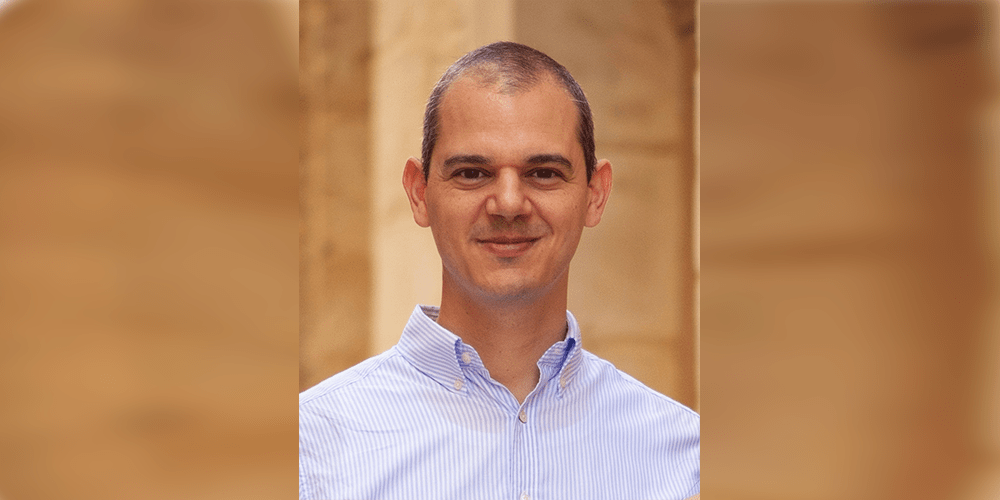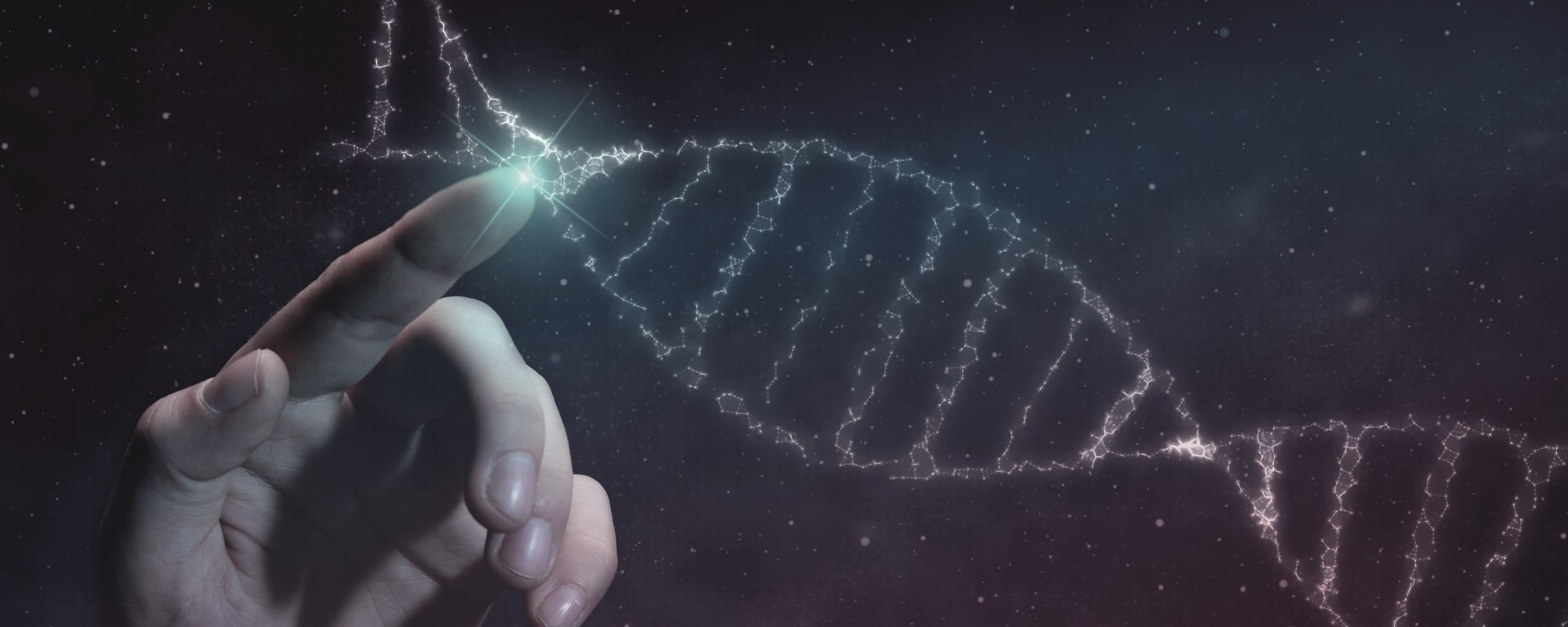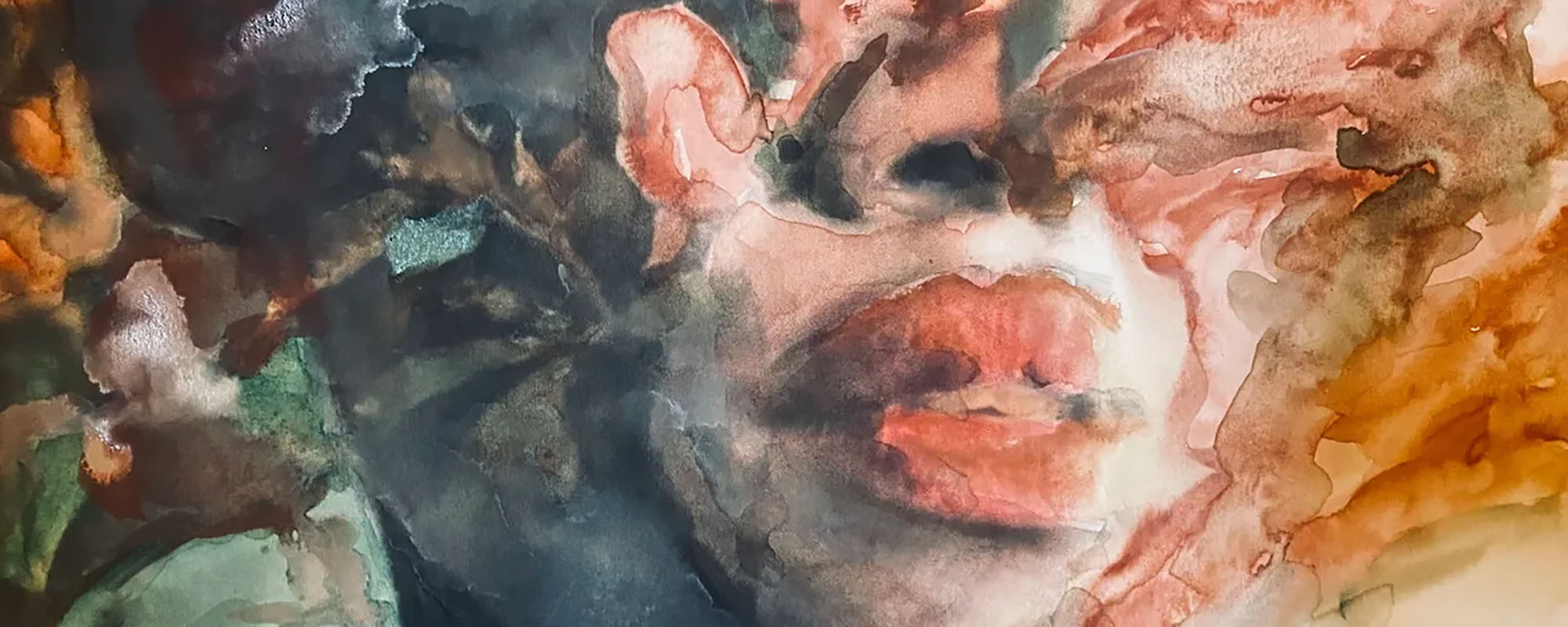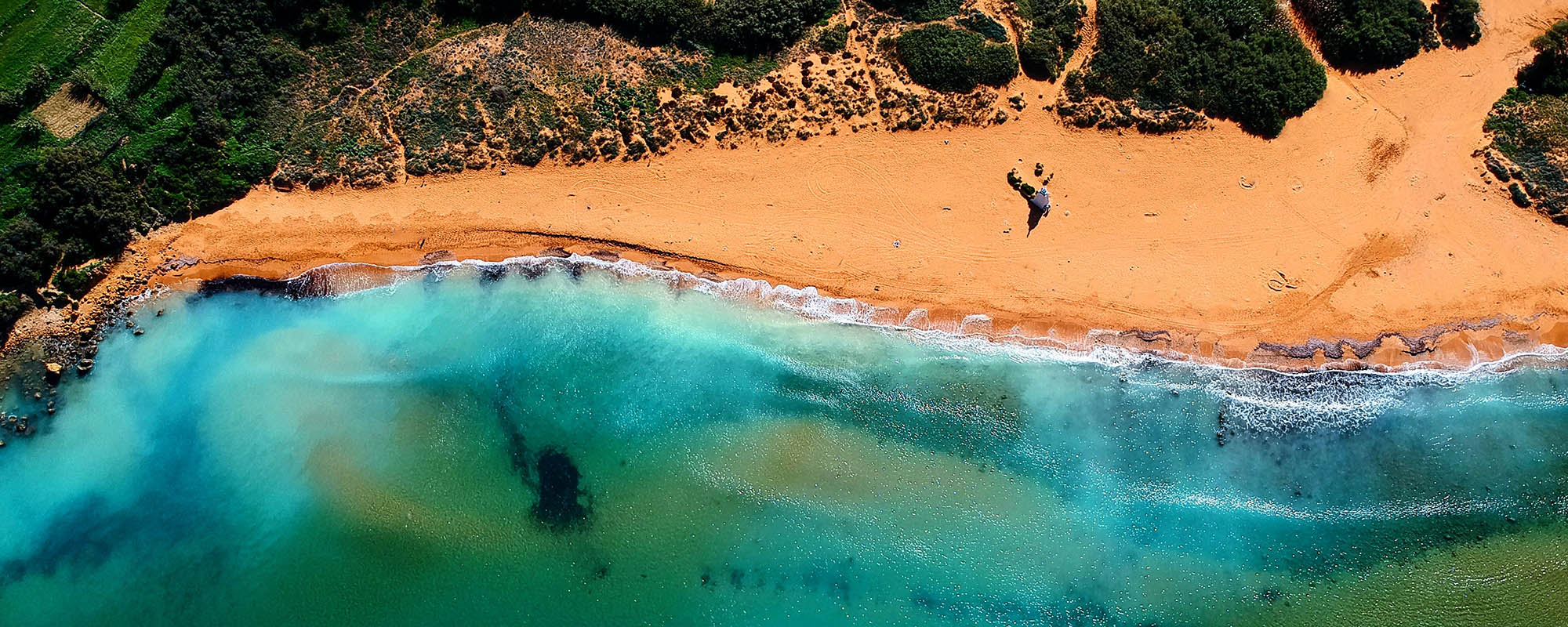Can bacteria grow in space? How do cells respond to radiation? Geneticist Prof. Joseph Borg realised that to find out, he must make some friends outside his discipline.
Every day, I (Prof. Joseph Borg) look inside human cells, aided by the state-of-the-art equipment we have at the University of Malta (UM). But I have always been interested in fundamental questions in science, like ‘How and when did life emerge on Earth?’, ‘How did our solar system and life evolve, and how will it develop in the future?’ and ‘Is there life on other celestial bodies?’ None of these can be answered by one discipline alone.
It was February 2018 when I reached out to Prof. Kristian Zarb Adami, who directs the Institute of Space Sciences and Astronomy (UM). I told him that I was a molecular biologist with a slight inclination for astronomy. When we met, we found that we have more interests in common than the highly fragmented world of science often leads us to think. Research in our fields requires interaction and the exchange of ideas.

Soon we were joined by astronomy PhD student Josef Borg, whose background was in Biology and Chemistry, maths and physics student Maria Aquilina, as well as applied biomedical student Leah Meekers.
Our meeting ground is the science of astrobiology. We spent hours discussing our interests and eventually designed our very first experiment – emitting a 2.8 GHz (10.7cm-long) radio frequency signal and continuously bombarding two small plates containing harmless microorganisms (bacteria): one for 24 hours and one for 48 hours. The question was very specific and simple enough: will such exposure to radio waves change the bacteria’s DNA makeup?
This very basic scientific experiment served to get the biologists and astronomers working closer together and learn each others’ tools and techniques. I learnt more about radio waves, types of radiation, and the anechoic chamber (a room that completely absorbs sound) used for such studies. The astronomers learnt more about genetics, DNA, and cell biology.
When the time came to conduct our experiment, we took the bacteria we had grown on nutrient agar plates and divided them: four were left in standard laboratory conditions as control samples whilst the other four were placed as test samples inside the anechoic chamber. Two plates stayed for 24 hours, while another set remained there for 48 hours.
The question was very specific and simple enough: will such exposure to radio waves change the bacteria’s DNA makeup?
I was back in my scientific comfort zone. We extracted bacterial DNA and tested its quality and integrity; we quantified it with the standard tools available in my molecular biology laboratory. Once we had the DNA from both test and control samples, we sent them off to the Gene Core Facility at the European Molecular Biology Laboratory (EMBL) in Heidelberg, Germany. At this facility, the bacterial DNA we extracted was subject to whole genome sequencing that essentially enabled us to read all of the bacteria’s 4.6 million DNA nucleotides.
We could finally compare our samples and determine whether there were any meaningful differences between the bacteria exposed to radiation and those that weren’t. Belinda Giardine from Penn State University helped us with bio-informatic studies to compare DNA variants between test and control samples. There were no obvious or meaningful differences between the samples, which concludes that our bacteria suffered no harm after being subjected to radio waves at a frequency of 2.8 GHz for up to two full days!
We want to continue joint experiments to learn how cells behave and adapt to increased radiation exposure. These findings can lead us to a better understanding of cancer and tumour biology – which cells respond best to radiation therapy? What is the minimal radiation dose that can achieve therapeutic effect with the least damage to cells? But we will also be equipped to ask more ambitious questions: how can we prolong human presence in space and space missions? Can we genetically manipulate human cells to withstand solar radiation? Can we increase the length of stay in space, making missions to the Moon and Mars and back more feasible and realistic?
Our bacteria suffered no harm after being subjected to radio waves at a frequency of 2.8 GHz for up to two full days!
To build on the good work and prevent a counterproductive fragmentation of existing resources, the group now plans a platform for research, training outreach, and dissemination in astrobiology, open to researchers from various backgrounds. The Institute for Space Sciences and Astronomy provides an excellent platform for this to take place with its small but steady flow of ambitious ideas for research. The group are now planning small biological and chemical experiments that can fit into a small cube and be launched under low earth orbit conditions to determine what happens to cells at both DNA and RNA level.
Having formed this young group, we hope to move the frontiers of understanding life in our galaxy. We have come to realise what Carl Sagan meant by ‘The nitrogen in our DNA, the calcium in our teeth, the iron in our blood, the carbon in our apple pies were made in the interiors of collapsing stars. We are made of starstuff.’





Comments are closed for this article!